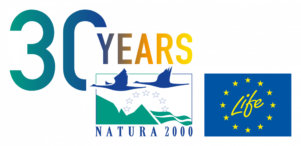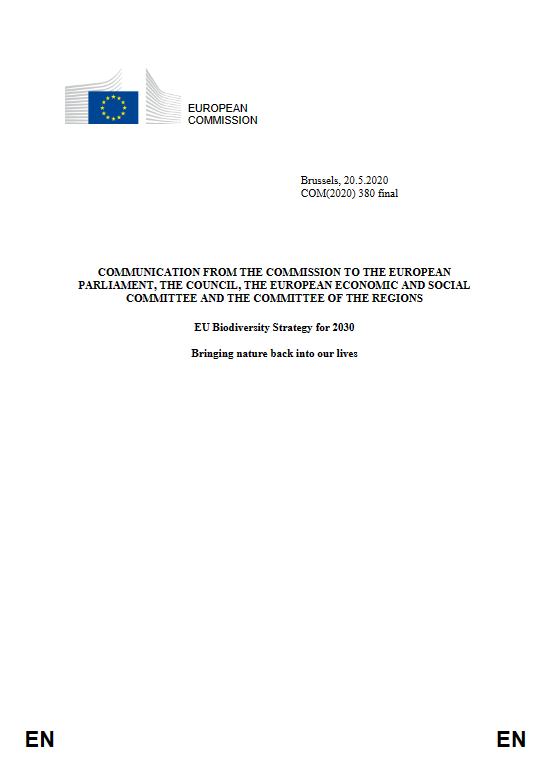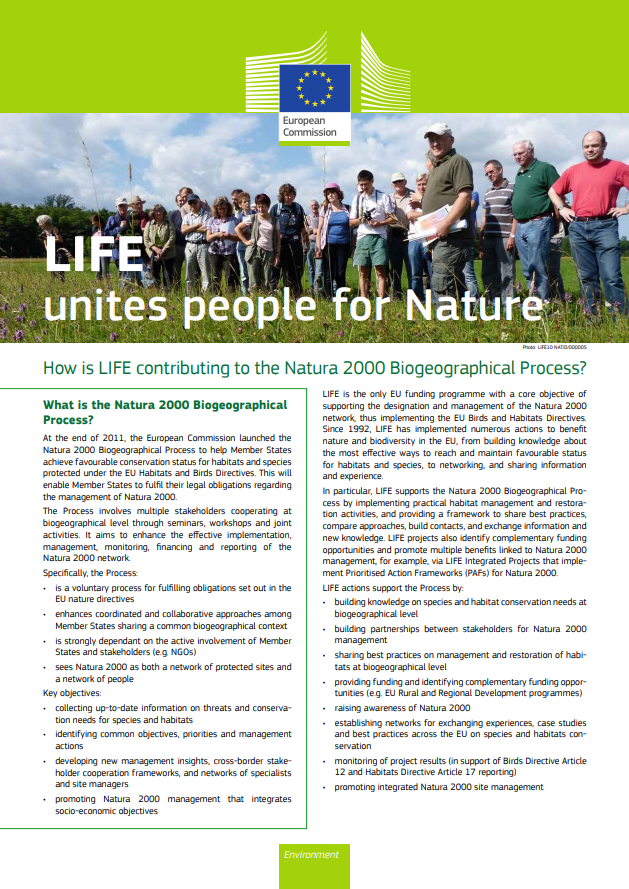Online Library
The Biodiversity Strategy to 2030
Biodiversity loss and ecosystem collapse are one of the biggest threats facing humanity, and they also threaten the foundations of our economy. The world lost an estimated €3.5-18.5 trillion per year in ecosystem services from 1997 to 2011 owing to land-cover change, and an estimated €5.5-10.5 trillion per year from land degradation. Specifically, biodiversity loss results in reduced crop yields and fish catches, increased economic losses from flooding and other disasters, and the loss of potential new sources of medicine.
The EU is showing ambition to reverse biodiversity loss, lead the world by action, and help adopt a transformative post-2020 global framework. This should build on the headline ambition to ensure that by 2050 all of the world’s ecosystems are restored, resilient, and adequately protected. The world should commit to the net-gain principle to give nature back more than it takes. As part of this, the world should commit to no human-induced extinction of species, at minimum where avoidable.
This strategy sets out how Europe can help make this happen, aiming to ensure that Europe’s biodiversity will be on the path to recovery by 2030 for the benefit of people, the planet, the climate and our economy.
You can download the new brochure on the Strategy here.
You can view the Strategy Factsheets here.
LIFE and the Biogeographical Process
LIFE is the only EU funding programme with a core objective of supporting the designation and management of the Natura 2000 network, thus implementing the EU Birds and Habitats Directives.
Since 1992, LIFE has implemented numerous actions to benefit nature and biodiversity in the EU, from building knowledge about the most effective ways to reach and maintain favourable status for habitats and species, to networking, and sharing information and experience.
In particular, LIFE supports the Natura 2000 biogeographical process by implementing practical habitat management and restoration activities, and providing a framework to share best practices, compare approaches, build contacts and exchange information and new knowledge. LIFE projects also identify complementary funding opportunities and promote multiple benefits linked to Natura 2000 management, for example, via LIFE Integrated Projects that implement Prioritised Action Frameworks (PAFs) for Natura 2000.
Find out more about the LIFE Programme here.
E-Bind Handbooks
The E-Bind Handbook(s) are meant to assist decision makers, spatial planners, conservationists, NGOs and other organisations involved in the implementation of the Birds and Habitats Directives. The Handbook(s) contain good practical examples, literature references and links to relevant websites.
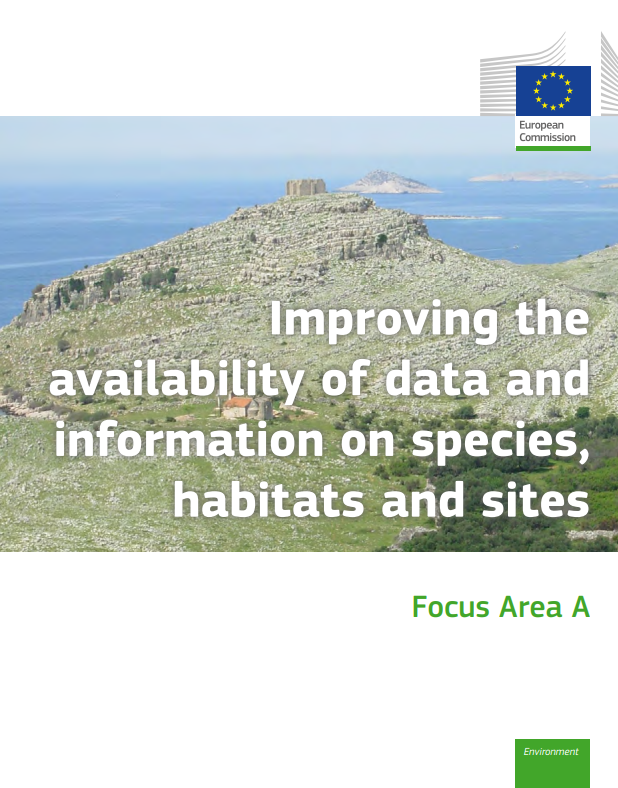
Handbook A: Improving the availability of data and information on species, habitats and sites
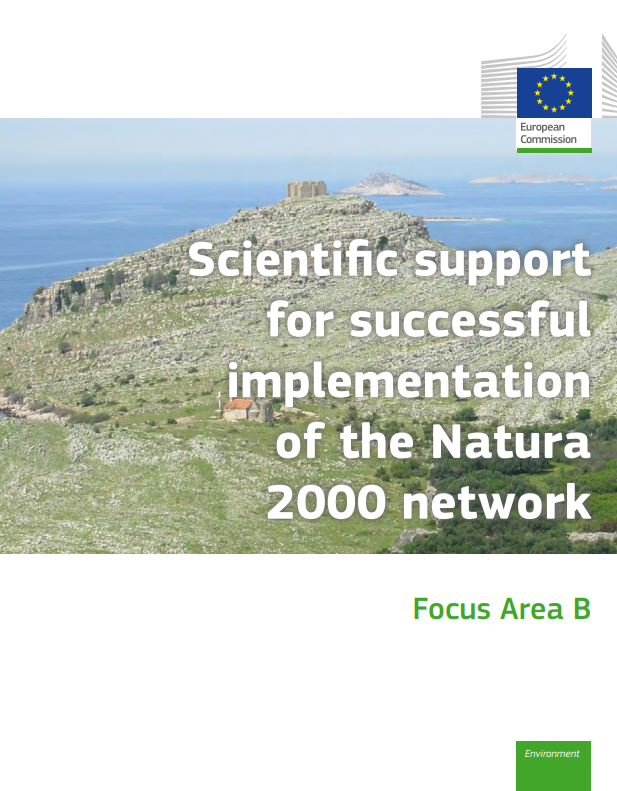
Handbook B: Scientific support for the successful implementation of the Natura 2000 network
